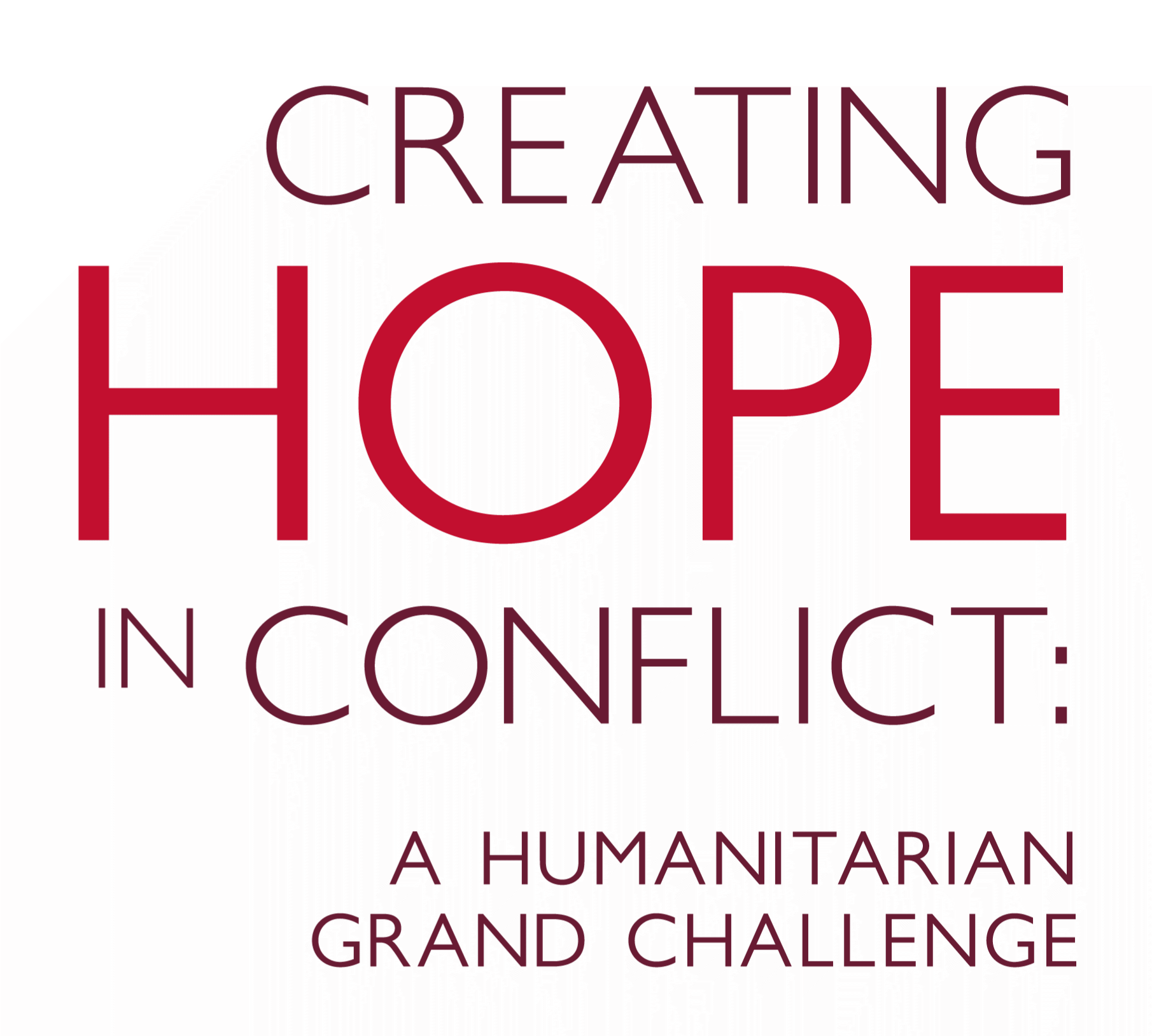Improved food security and livelihoods for conflict affected IDPs through hydroponic production in Zamzam IDP camp in North Darfur, Sudan
THE CHALLENGE
Due to conflict, internally displaced people (IDPs) living in ZamZam IDP camp in Sudan have limited access to land, water, nutritional food, and income-generating opportunities. IDPs have been living in the camp since 2014, with humanitarian funding gradually decreasing, but the levels of food insecurity and malnutrition remain high. IDPs need new ways of growing food and animal fodder, for both their consumption and for sale, as a means to improve food access, nutritional status, and income generation.
THE SOLUTION
Responding to this need, Deutsche Welthungerhilfe’s (WHH) innovation brought hydroponic solutions to internally displaced people in Sudan. Specifically, WHH established one central hydroponic training/demonstration centre which was later passed on to an IDP management committee. In total, 150 IDP households were given access to vegetables for household consumption as a result of the innovation. The low-tech system also used local materials (e.g., vegetable & fodder seeds, shed netting, hand tools, nutrient solution, gunny bags, and boxes) to grow fresh fruits and vegetables using 90% less water. By the end of the project, 93% of beneficiaries reported having cultivated a range of between 3-7 vegetable varieties as a result of the innovation. Beyond this, 98% of the project participants confirmed that they had acquired a sustainable source of income as a result of the project innovation and that they were interested in continuing hydroponic gardening independently using locally available materials.
